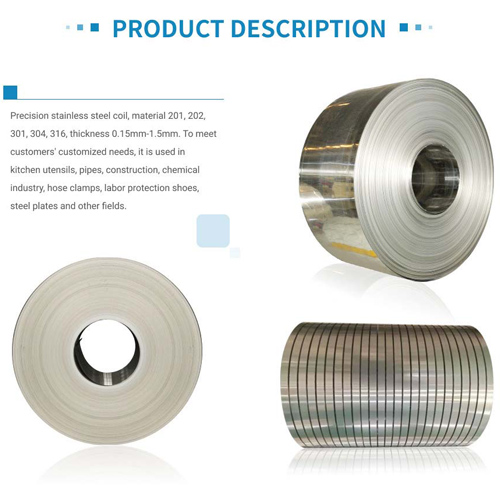- Phone:+86-17331948172 +86-0319-8862898
- E-mail: inquiry@puxingclamp.com
ພ.ຈ. . 12, 2024 03:51 Back to list
hose clamp 3/4 inch
Understanding Hose Clamps The Essential Tool for 3/4 Inch Hoses
Hose clamps may seem like a simple tool, but they play an essential role in the world of plumbing, automotive applications, and various mechanical systems. A specific type that has garnered attention is the 3/4 inch hose clamp. This article will explore the purpose, types, proper use, and benefits of 3/4 inch hose clamps, providing a comprehensive understanding of why they are indispensable in so many applications.
What is a Hose Clamp?
A hose clamp is a circular band that is used to hold a hose onto a fitting, ensuring a leak-proof connection. Typically made from metal or durable plastic, this device tightens around the hose to secure its position. Hose clamps are widely used in a variety of applications, from automotive systems to garden hoses, and they come in numerous sizes to accommodate different hose diameters.
Importance of 3/4 Inch Hose Clamps
The 3/4 inch hose clamp is specifically designed to fit hoses with an outer diameter of approximately 3/4 inch. This size is common in various applications, including irrigation systems, fuel lines, and automotive cooling systems. The importance of using the correct size clamp cannot be overstated; an improper fit can result in leaks, system failure, or even accidents if the hose is part of a critical application.
Types of Hose Clamps
Hose clamps come in several varieties, each suited to specific applications and environments. Here are a few common types
1. Screw Worm Gear Clamps These are perhaps the most commonly used hose clamps. Adjusted with a simple screwdriver, they are easy to install and can provide a strong hold on the hose. They are versatile and can be reused multiple times.
2. Spring Clamps These clamps tighten around the hose without the need for tools. Their spring-loaded design allows them to accommodate expansion and contraction, making them ideal for applications where the hose might experience fluctuating pressure or temperature.
3. Ear Clamps Typically used in automotive applications, ear clamps require a special tool for installation but provide a tight, reliable seal. They are often used for fuel and coolant lines, where a secure connection is critical.
4. T-Bolt Clamps These clamps are heavy-duty and are often used for high-pressure applications. They provide an even distribution of pressure along the hose, reducing the risk of leaks.
Proper Installation
hose clamp 3/4 inch

To ensure the effectiveness of a 3/4 inch hose clamp, proper installation is critical
. Here is a step-by-step guide1. Cut the Hose Ensure the hose is cut cleanly and is free from debris or damage. 2. Position the Clamp Place the hose clamp around the hose where it will meet the fitting.
3. Slide the Hose onto the Fitting Carefully slide the hose onto the fitting, ensuring it is seated properly.
4. Tighten the Clamp Use the appropriate tool (screwdriver, pliers, etc.) to tighten the clamp. Be cautious not to overtighten, as this can damage the hose.
5. Check for Leaks Once everything is in place, turn on the system or apply pressure to check for leaks. Adjust the clamp if necessary.
Benefits of Using Hose Clamps
Utilizing 3/4 inch hose clamps offers several advantages
- Reliability A properly installed hose clamp ensures a leak-proof seal, crucial for systems that carry liquids or gases under pressure.
- Versatility Available in multiple types and sizes, hose clamps can cater to a wide range of applications, from simple home plumbing to complex automotive systems.
- Economic Efficiency Hose clamps are relatively inexpensive, yet they play a critical role in preventing costly leaks and damage.
- Ease of Use Most hose clamps are easy to install and remove, making maintenance straightforward.
Conclusion
In summary, a 3/4 inch hose clamp is a small but significant component in various systems, providing a secure attachment for hoses. Understanding the different types, their applications, and how to install them correctly ensures that you can guarantee the reliability and functionality of your hoses. Whether you're working on garden irrigation, automotive repairs, or any mechanical project, having the right hose clamp can make all the difference in achieving optimal performance.
-
Large Stainless Steel Adjustable American Type Hose Clamp - Hebei Pux Alloy Technology Co., Ltd
NewsAug.18,2025
-
Large Stainless Steel Adjustable Hose Clamp - Hebei Pux Alloy|Durable Corrosion Resistance&Adjustable Design
NewsAug.18,2025
-
Large Stainless Steel Adjustable Hose Clamp - Hebei Pux Alloy Technology Co., Ltd
NewsAug.18,2025
-
American Style Adjustable Hose Clamps for Pipe & Radiator
NewsAug.18,2025
-
Large Stainless Steel Adjustable American Type Hose Clamp - Hebei Pux Alloy Technology Co., Ltd.|Corrosion Resistance, Adjustable Design
NewsAug.17,2025
-
Large Stainless Steel Adjustable American Type Hose Clamp-Hebei Pux Alloy Technology Co., Ltd.|Corrosion Resistance,High Torque
NewsAug.17,2025




